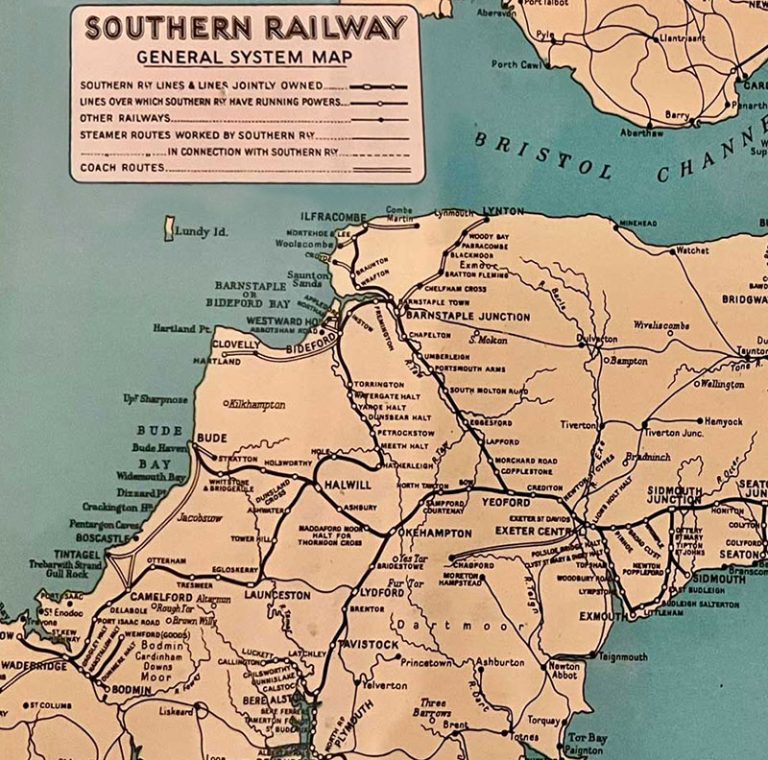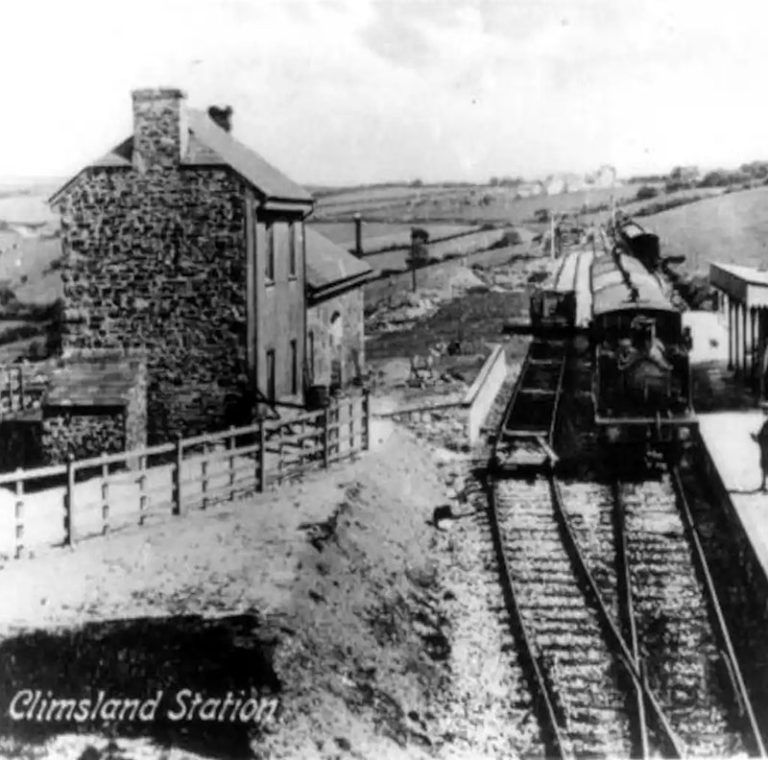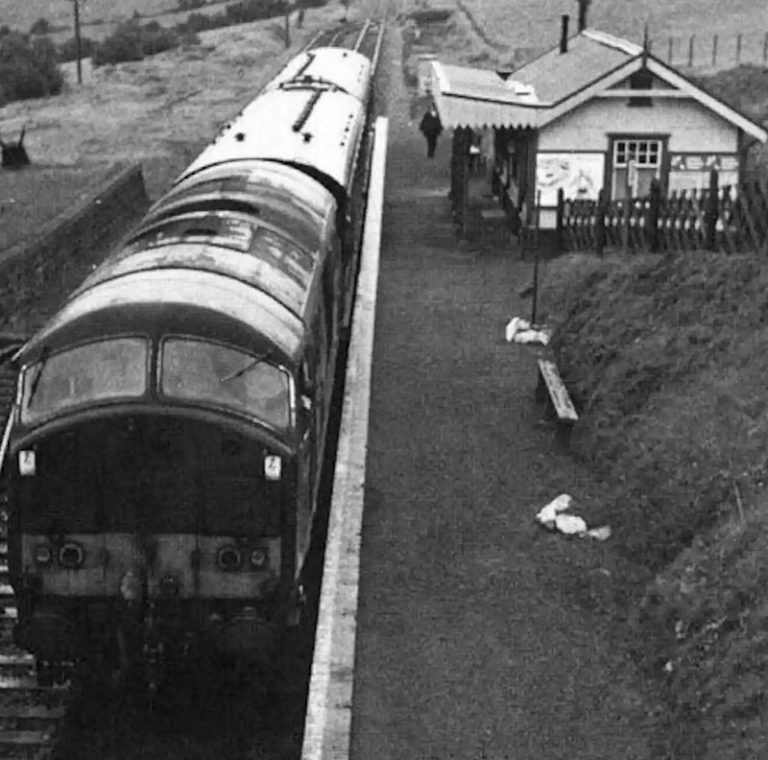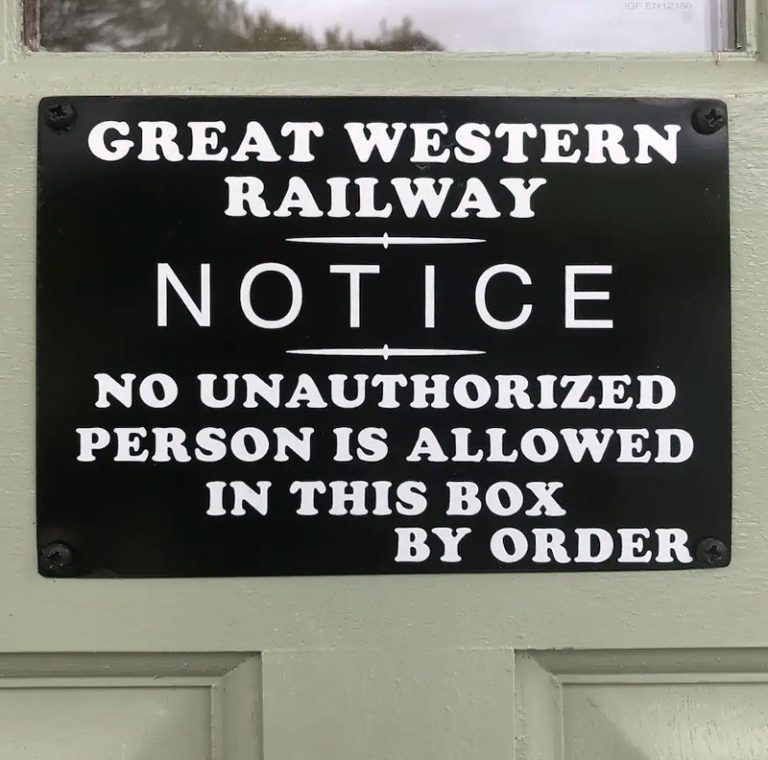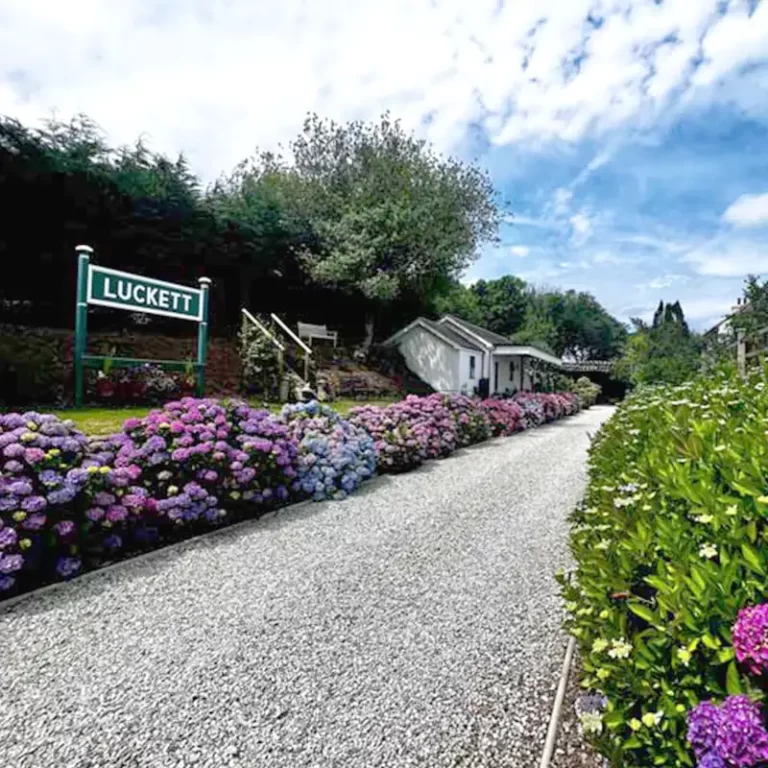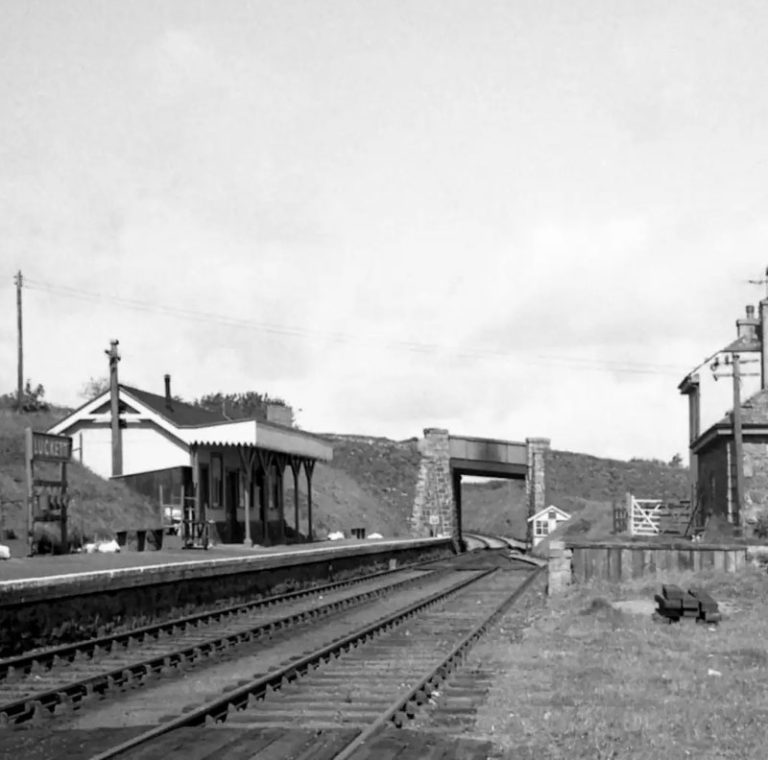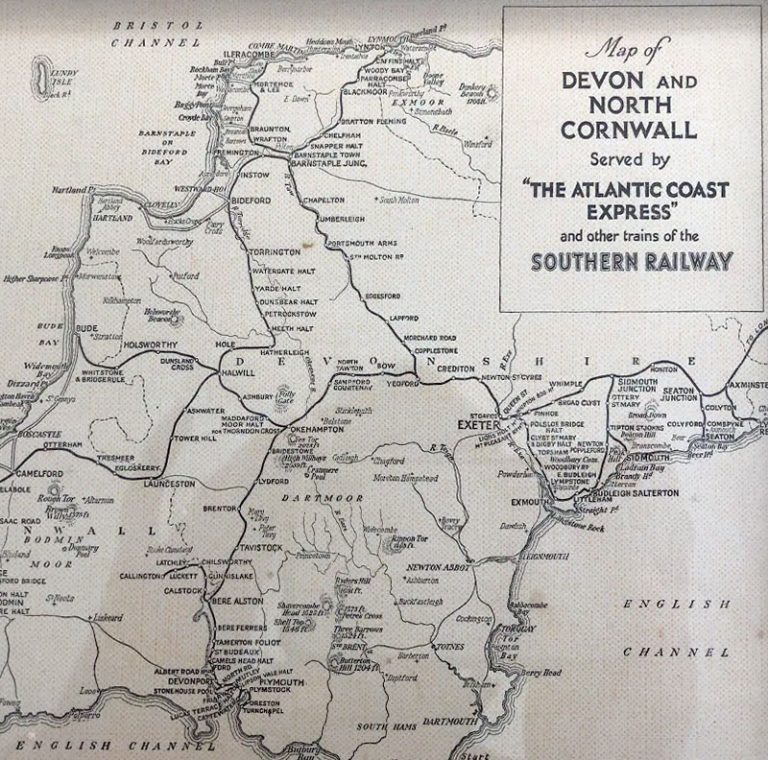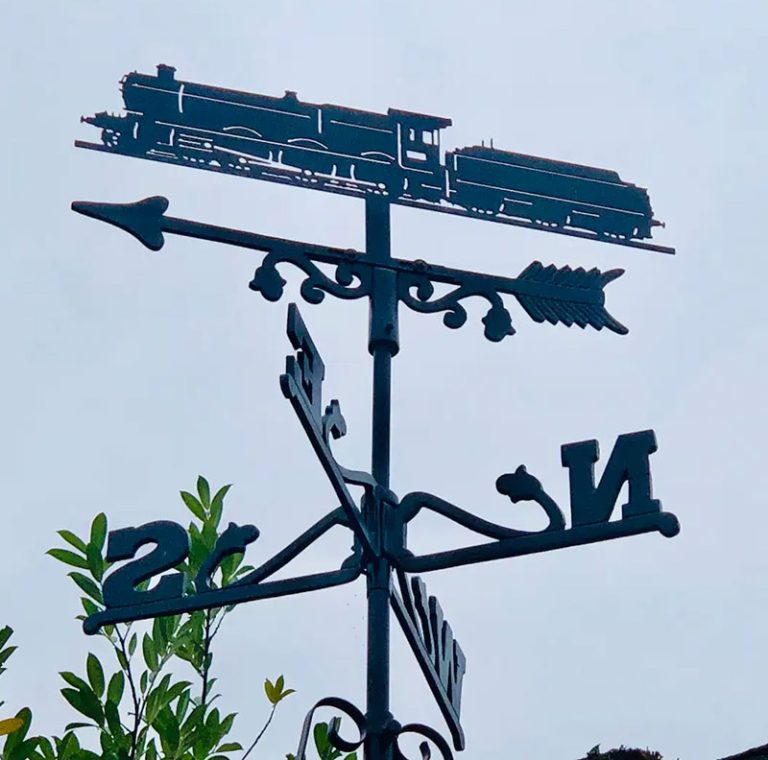A brief history of Old Luckett Station
Established on 7th May 1872
Established on 7th May 1872 as a 3 foot 6 inch narrow gauge railway depot called ‘Monks Corner’ owned and run by the East Cornwall Mineral Railway (ECMR)
At that time the line was 7.5 miles long running from Kelly Bray to Calstock and used to transport minerals (including copper, tin and arsenic) and bricks, stone and coal from the many local mines and quarries
The ECMR ceased operations in 1894 and the depot eventually changed ownership to Plymouth, Devonport and Western Junction Railway (PD&WJR)
In the following years many changes and modifications were made to the line that would eventually re-open as The Tamar Valley line including the construction of Luckett Station buildings by the celebrated light rail engineer Colonel Stephens and the construction of the impressive Calstock Viaduct by John Lang of Liskeard (started in 1904 and completed in1907) it’s an impressive sight and is unique, being the largest viaduct in the UK built from concrete blocks
Luckett Station as we know it today, opened as Stoke Climsland Station on 2nd March 1908 and began its new life as a passenger and goods station serving the Tamar Valley
Established on 7th May 1872
as a 3 foot 6 inch narrow gauge railway depot called
‘Monks Corner’ owned and run by the
East Cornwall Mineral Railway (ECMR)
On the 1st October 1909 the station’s name was changed from Stoke Climsland to Luckett as, residents of Stoke Climsland fairly and reasonably protested the station was closer to Luckett than Stoke Climsland
Luckett Station boasted its own carriage shed and amongst many things handled parcels, livestock, cattle vans and horse boxes
Sadly, the carriage shed was closed on 31st March 1923, at the same time station’s original Signal Box (which was located close to the site of the bridge) was demolished
The original goods and passenger platforms are still in place together with the original granite railway bridge
For the nostalgic, you can still see original traces of the black steam line which was created over time as steam trains passed through underneath the bridge
On 1st January 1923 the station changed hands again and from then, until it’s closure was owned by Southern Railway
The goods side of the station was closed in September 1962 and, as part of the infamous ‘Beeching cuts’, the station was closed to passengers on 5th November 1966
Although remarkably, the station remained staffed up until 7th March 1966…
